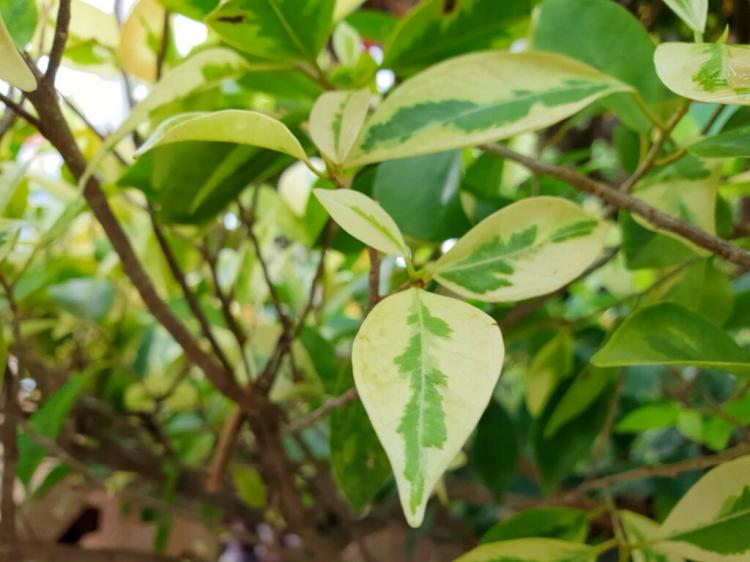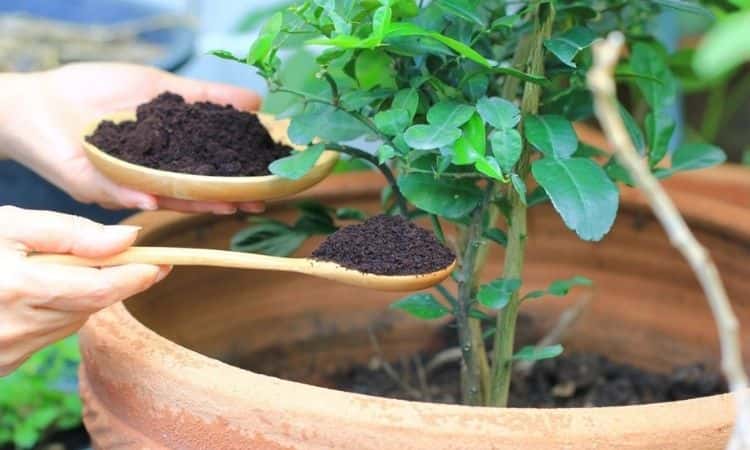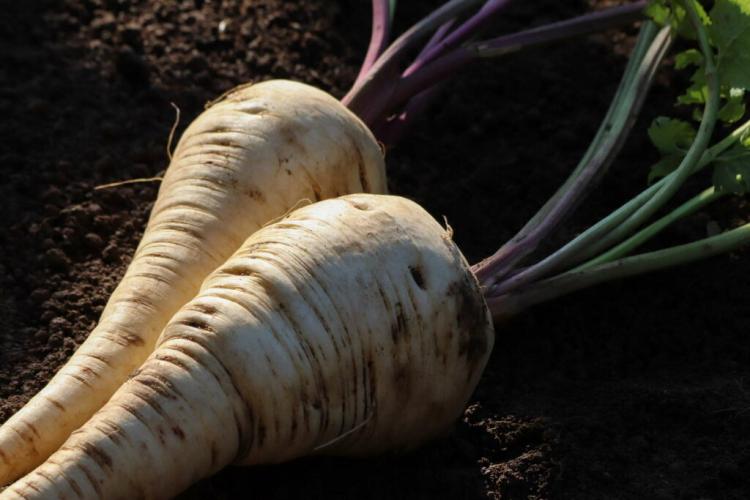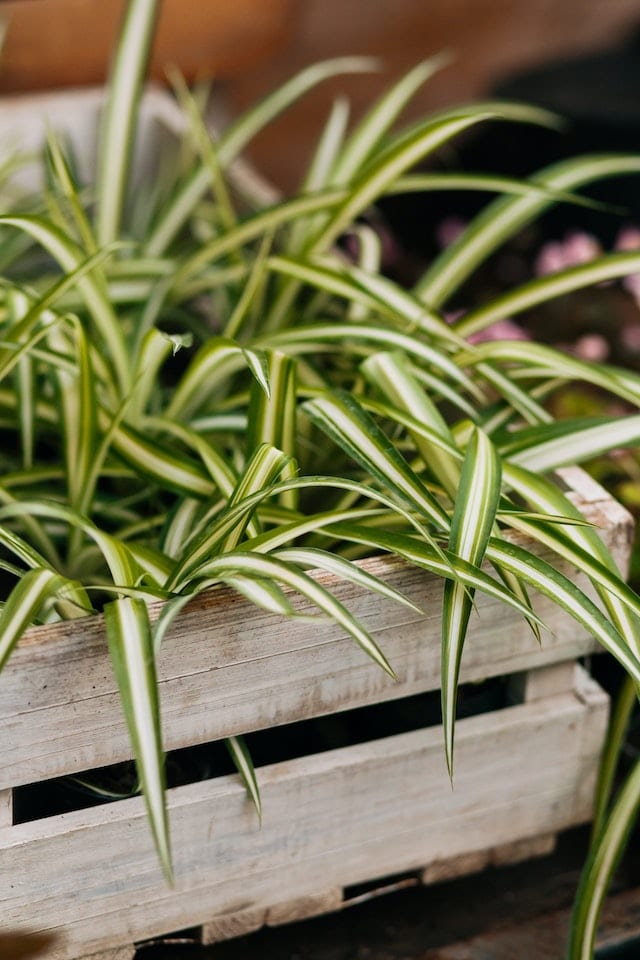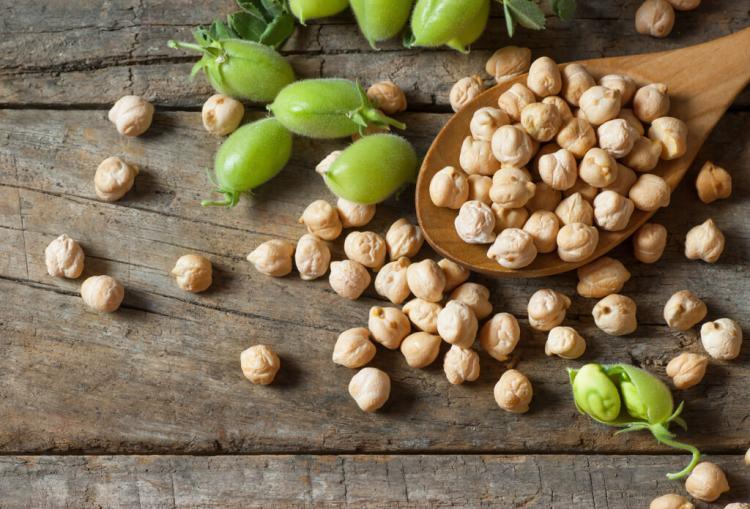Why is my Philodendron Turning Yellow?
Yellow leaves on a beautiful philodendron tell a deeper story about your plant. What is yours telling you?
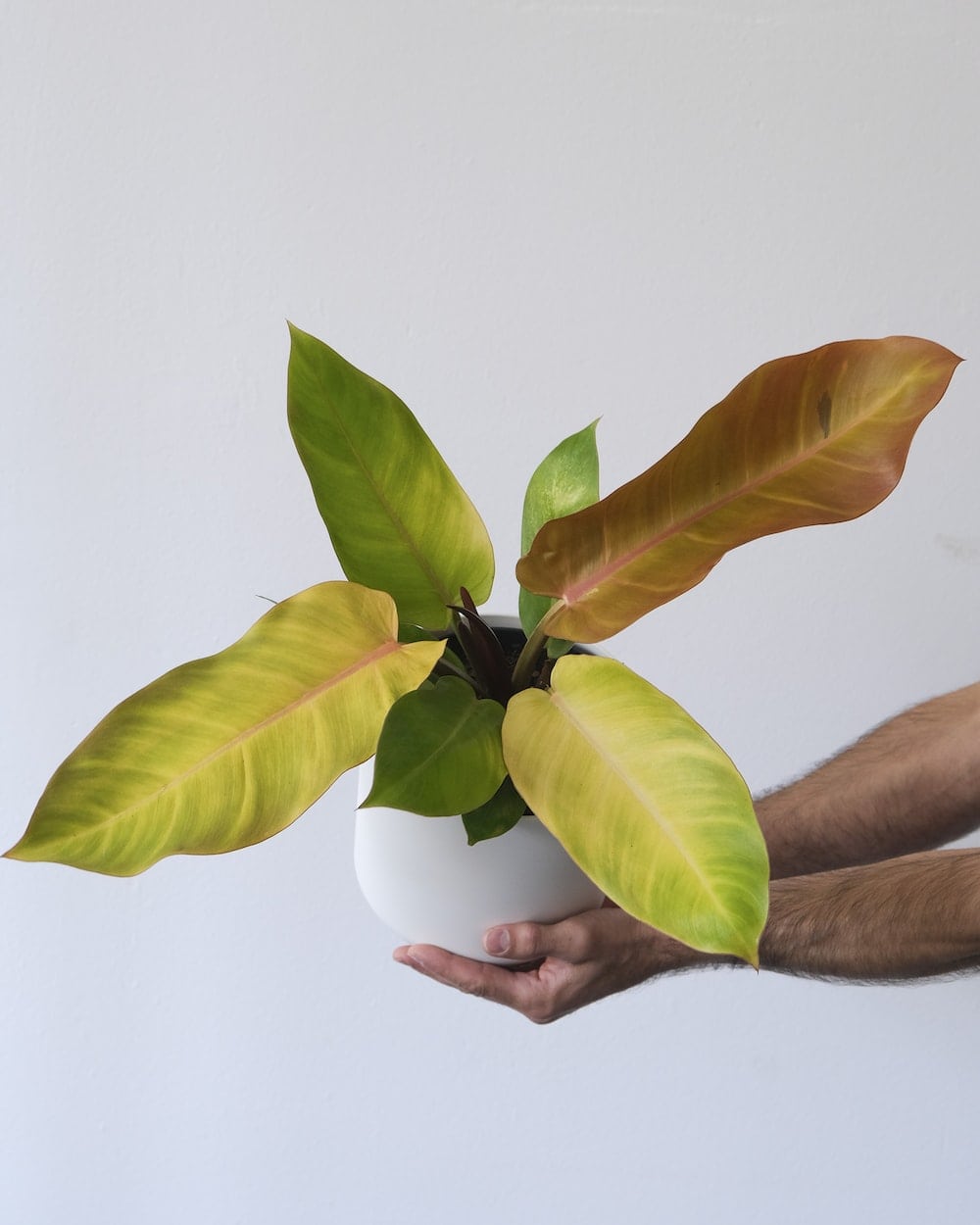
Yellowing leaves and leaf tips can be a sign that your plant is not doing so well.
But, don’t worry.
Philodendrons are sturdy and forgiving plants. If you use this guide you’ll be able to save the day.
Plant Overview
Table of Contents
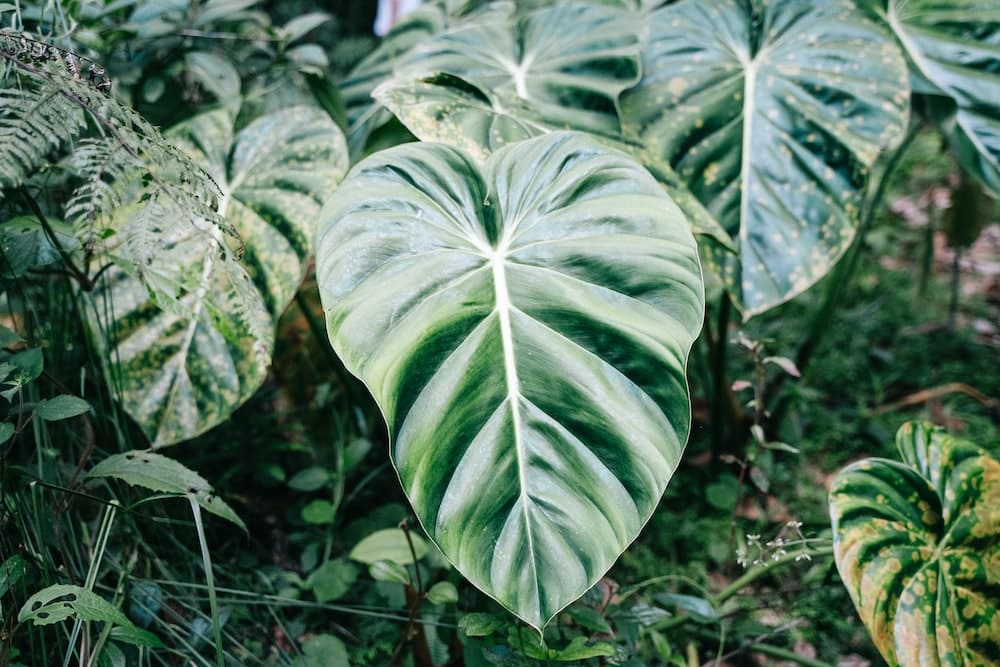
Philodendrons are known for being great beginner plants and for their amazing ability to create lots of clean air. Because they can absorb carbon dioxide quickly, philodendrons can be a fantastic addition to any home/garden project.
These tropical plants are native to areas closer to the equator where the weather is hot, humid, and there is plenty of jungle. So it’s no wonder that so many people struggle with trying to grow them while living far away from the equator. But it is still possible!
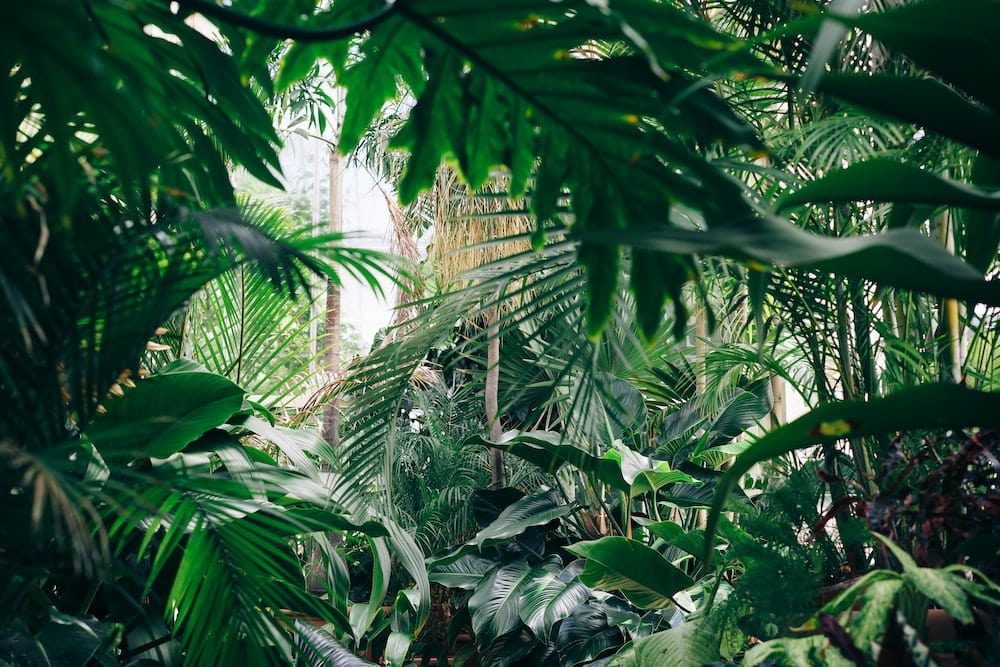
Whenever you see your philodendron leaves turning yellow, it can be easy to feel discouraged. But don’t worry.
In fact, yellowing leaves shouldn’t cause you any worry. Rather, think of it as a way for the philodendron to communicate with you. The better that you become at taking care of the plant’s needs, the greener the leaves will appear.
Below is a list of the most common issues that aspiring philodendron gardeners of all types run into.
You Might Also Like Plants With Heart Shaped Leaves
Watering
Gardening requires lots of water… most of it is in the form of perspiration. – Lousie Erickson
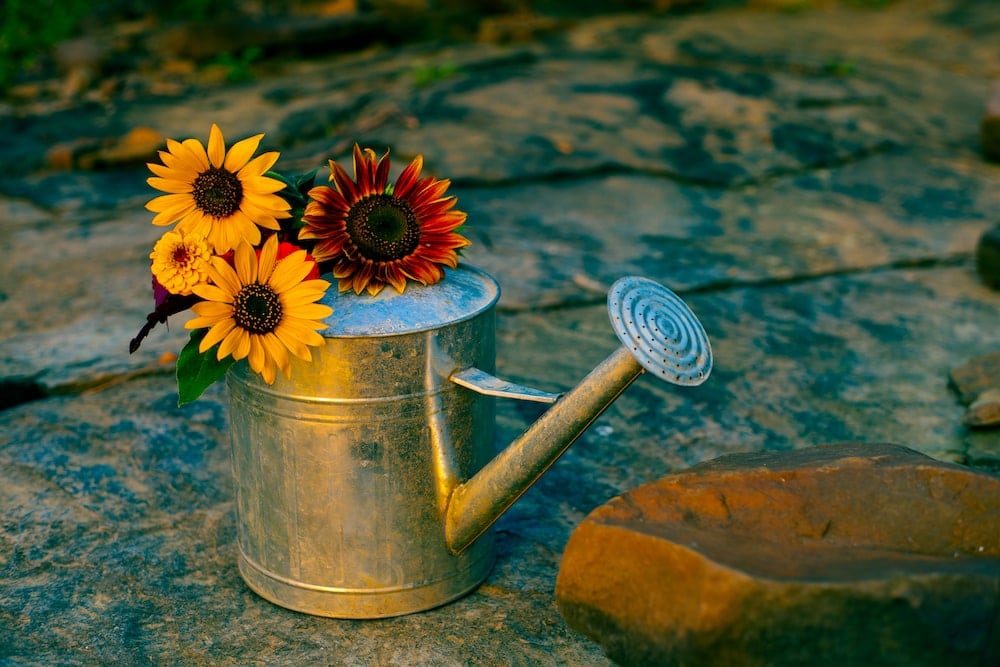
Overwatering is one of the most common problems that affect most philodendron growers. When there is excess water in the soil, the plant’s roots have a hard time absorbing oxygen and start to suffocate.
When the philodendron is not able to receive oxygen, the leaves start to lose their color, turning yellow.
Remember that during the summer months, you will want to water your plant often. About once per week.
Also, try feeling the soil the plant is in. Get a good feel for how wet the potting soil is. This will be one of the best ways to help you understand how much water your plant needs.

During the winter, Philodendrons enter a dormancy cycle beginning around the end of fall. During this dormancy, philodendrons do not need as much water as during their growing period.
Adapt your plant care routine to reflect the seasons, and check the potting soil of the plant often. You will want to water your philodendron whenever you notice the top layer of the soil is completely dry.
Try to water your plant once every 2 weeks to avoid excess water.
But what if you know you are not overwatering your philodendron, what happens then?
Sometimes the exact opposite can happen, underwatering.
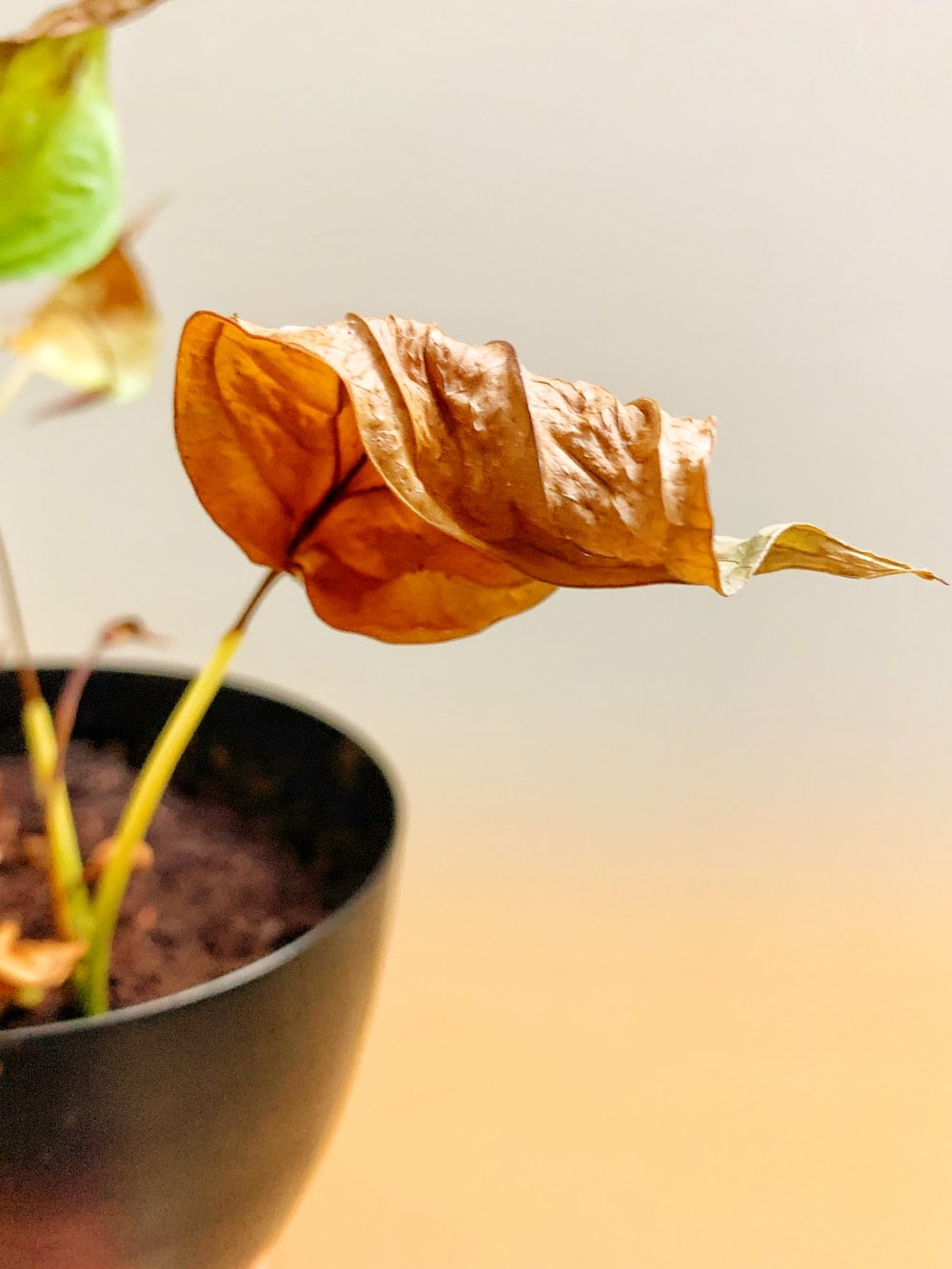
Although not as common, underwatering can be just as damaging to the leaves’ color. If you feel that all the soil in the pot is dry and crumbly, then you should water the plant as soon as possible.
Underwatered philodendrons are more often common among outdoor growers.
Your outdoor environment may not be as controllable as your indoor plants. To help fight against this, give the philodendrons enough water so that the water starts to seep through the drainage holes.
You Might Also Like Is Corn Man Made?
Root Rot (Blackened Roots)
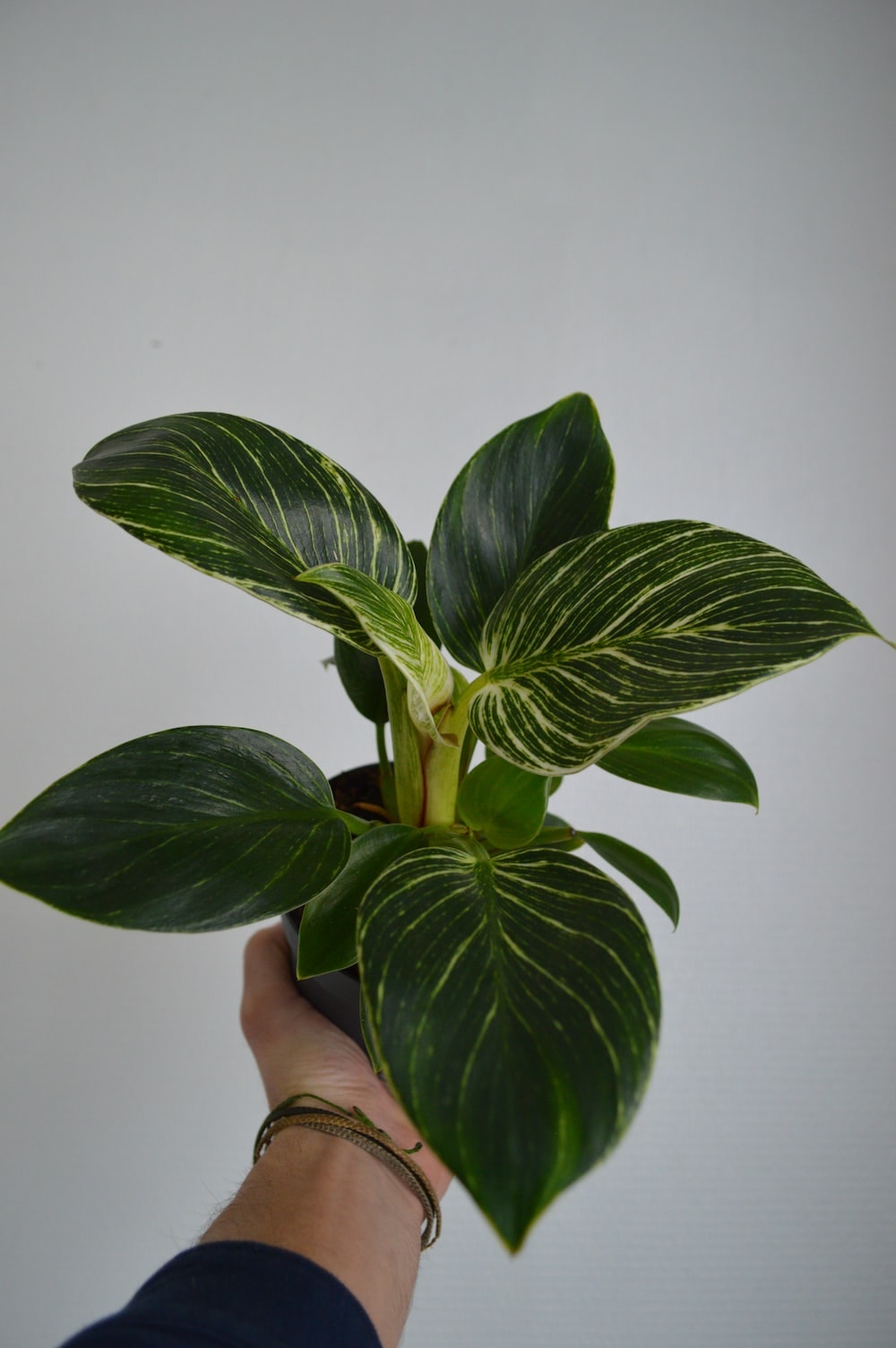
If you notice, while taking care of your philodendrons, your plant’s roots are black. There is a good chance that the cause of the yellow leaves is root rot.
Root rot is a fungal infection that happens when water in the plant’s soil becomes stagnant for too long. This is bad for the plant because the water creates a breeding ground for fungi to grow.
The fungi eventually start to eat the plant as a food source. In time, the bulb of the plant will become weak, and eventually die.
A fungus infection is not great. But it is reversible.
To treat root rot, take the plant out of the pot and wash the soil off the roots.
After washing the roots, place the plant in a new pot. Be sure to pick a pot with great drainage holes.
Finally, fill the inside of the pot with new well draining soil.
You Might Also Like How to Fertilize Dahlias
Cleaning tools
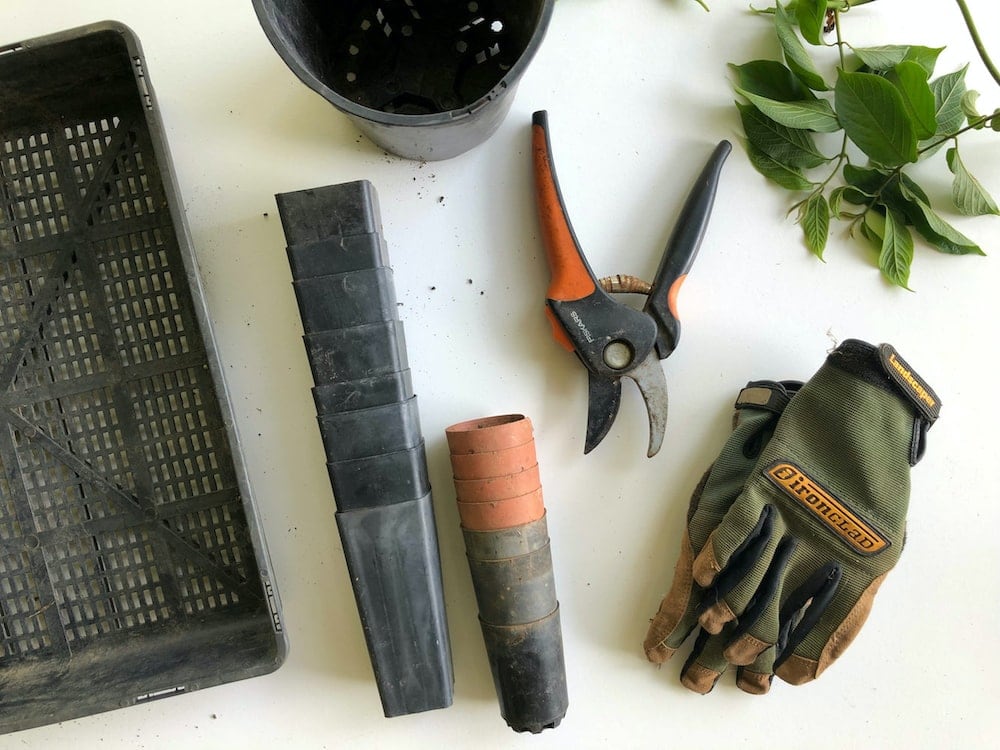
As a final precaution against root rot, check over the tools you use to take care of your philodendron. There might be a chance that the tools that you are using are contaminated. Contaminated tools could be introducing harmful bacteria into the plant’s environment.
Wash off soggy soil from your tools after each use. This limits the amount of bacterial buildup.
To properly clean your tools, wash off the soil and scrub with a wire brush. Then, sterilize your tools by using household bleach, using 1 part bleach to 10 parts water.
Over Fertilizing
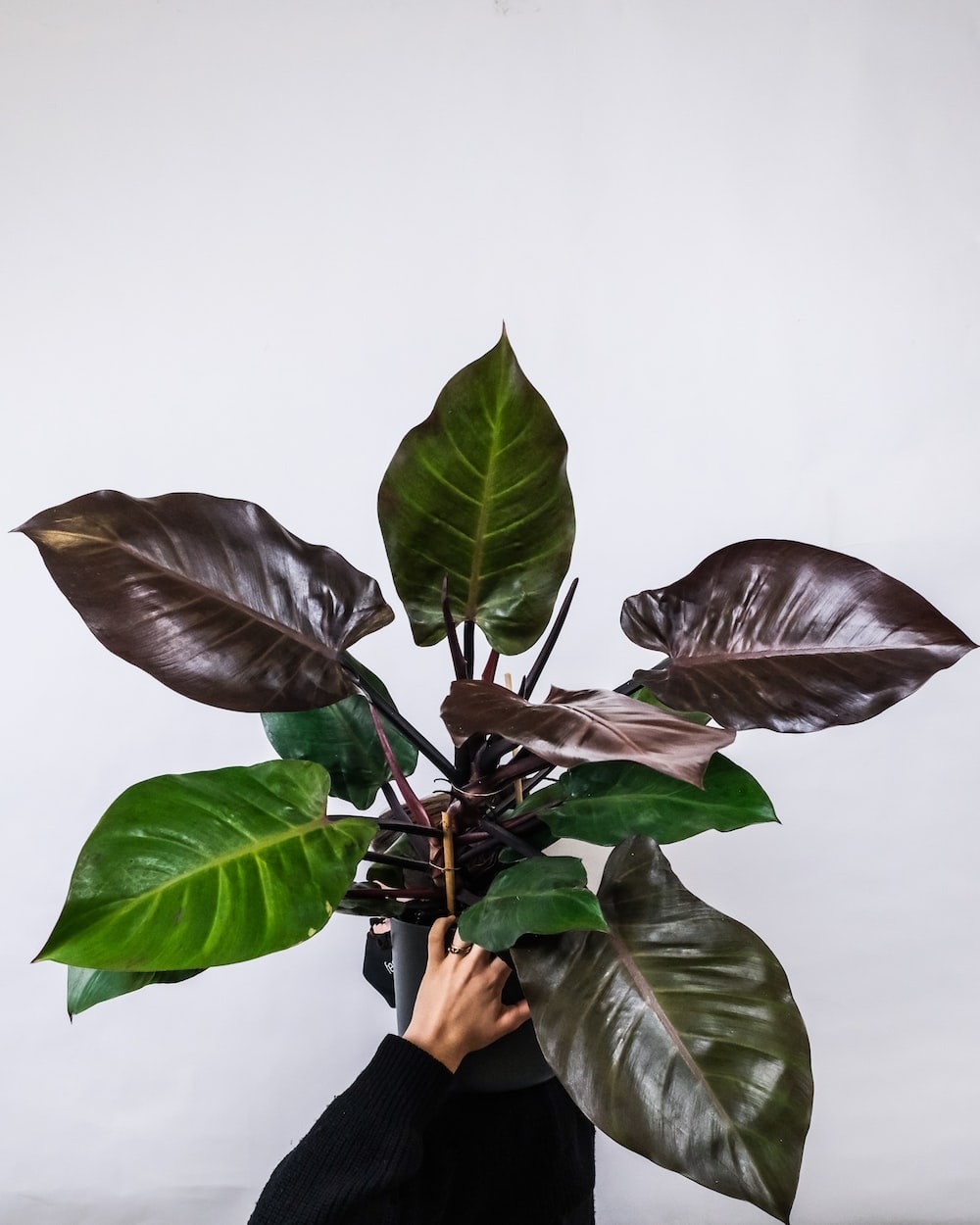
Who would have thought that too much of a good thing would be bad?
Well unfortunately this saying is true for fertilizer.
Most people would assume that by adding as much fertilizer as possible, they are helping their plants grow faster.
This is not the case.
Whenever you over-fertilize your plants, the soil begins to build up an excess of salts and chemicals. These chemicals over time change the pH level in the soil. This change makes the soil harmful to the plant.
Tragically, the acidity will start to eat away at the roots and blub, eventually killing the plant. The excess salts can also be harmful to the plant through a process called reverse osmosis.
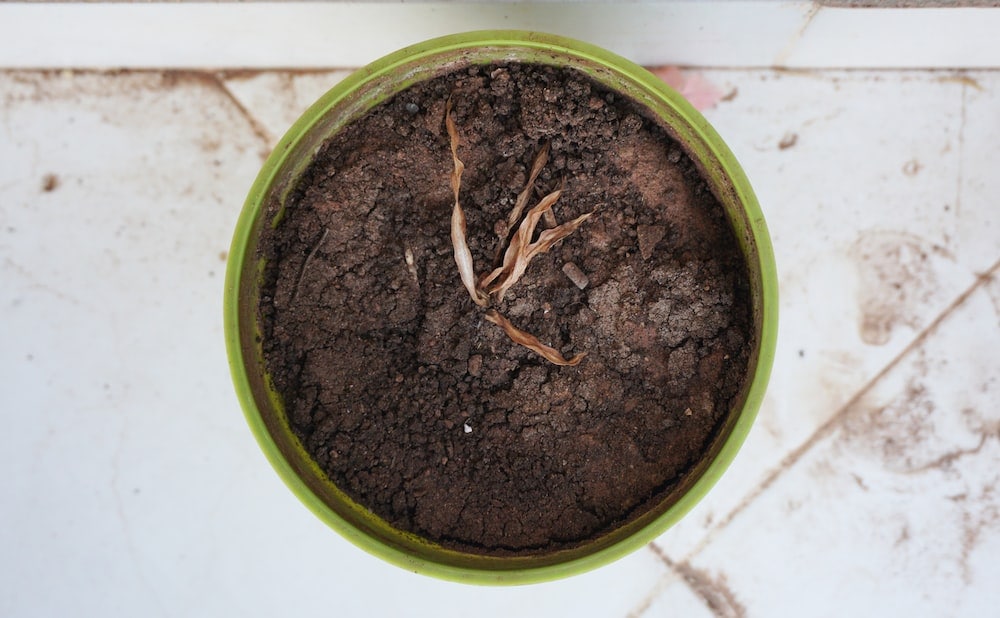
Through reverse osmosis, the salts dry up the plant by pulling the water out from its roots. To make matters worse, the salts can also act as a barrier to the plant’s roots, blocking fresh new water.
But, don’t feel as though you should stay away from ever fertilizing your plants. Fertilize your plants at least once a month. By doing so you can greatly increase your growth rate. While during winter, you should fertilize your plants every 1.5 – 2 months.
Choosing Your Fertilizer
Choosing the right fertilizer for your plant can be tricky. With an ever-increasing amount of options every year, it can start to feel a little overwhelming.
But with that said, philodendrons respond best to balanced fertilizers like ones with a 20-20-20 NPK ratio.
Insects
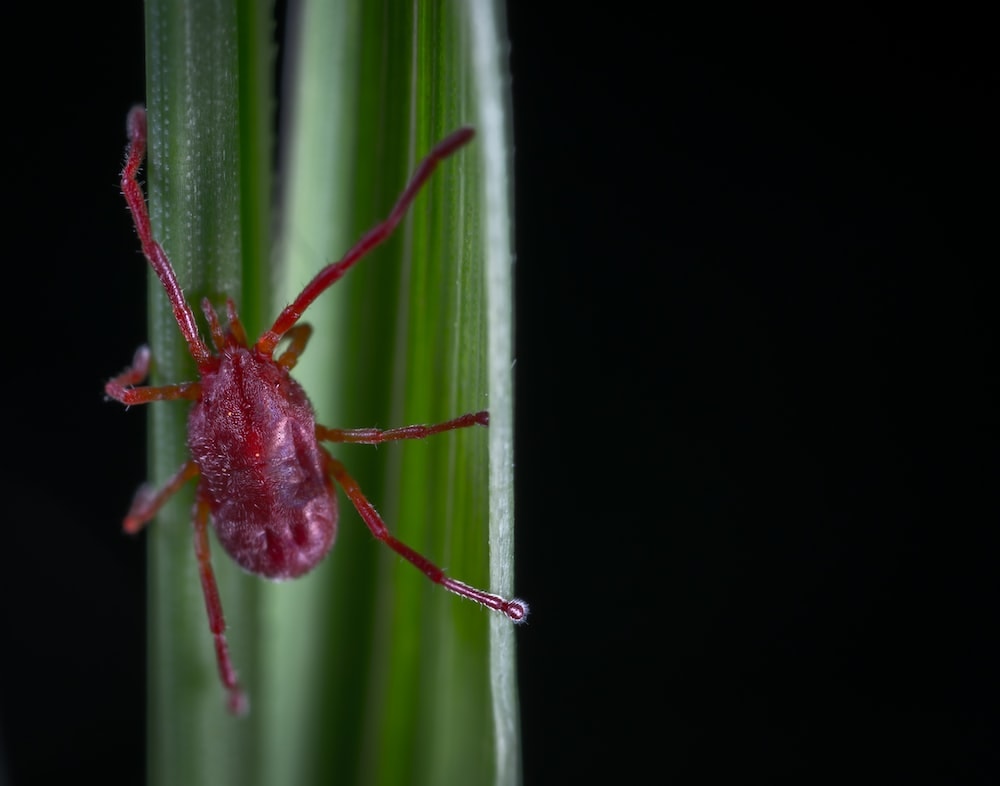
No matter how well you prepare, an insect infestation can happen to any avid gardener.
The most common insect types are spider mites, mealybugs, scales, whiteflies, aphids, and fungus gnats. Often, these insects will eat your plant causing your leaves to turn yellow.
Over time, these insects will start to lay eggs on your plant. If not taken care of, the eggs will hatch and begin to start eating the very same plant, causing even more damage.
These critters can be a big problem for philodendron owners.
You can tell if you have an insect problem by taking a closer look at the leaves. If you notice what looks to be bite marks and tiny larvae, you can assume that some hungry little bugs are enjoying all your hard work.
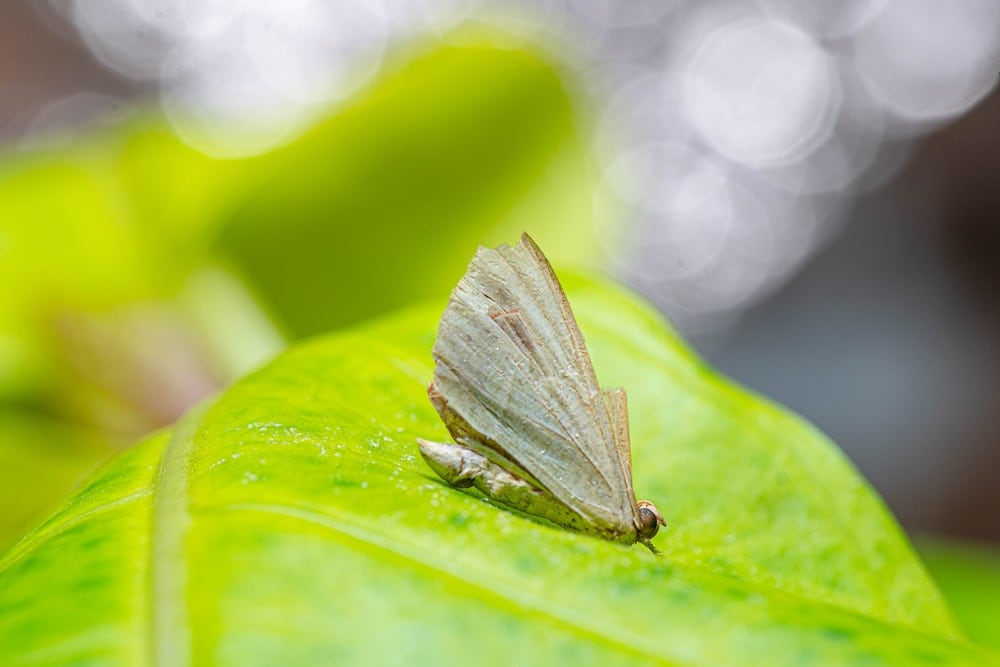
Thankfully for most gardeners, there is a solution that can reverse the damage.
Imagine treating a bug infestation like how you would treat a sick friend. You probably wouldn’t want to go near that friend and risk catching the sickness as well. It’s the same way when treating plants.
Start by isolating the infected plant from the other healthy ones in your garden.
After quarantining the plant from the others, prune the damaged and yellowing leaves. Dispose of the yellow leaves away from the other plants in your collection to avoid further infestation.
Then, wipe down the remaining leaves and stems to get rid of any larvae to avoid future headaches.
Finally, take a teaspoon of neem oil and coat the leaves, or you can add it to the water you use for gardening.
By doing these steps you will help your plant to recover, heal, and have the necessary defenses to fight off those pesky critters.
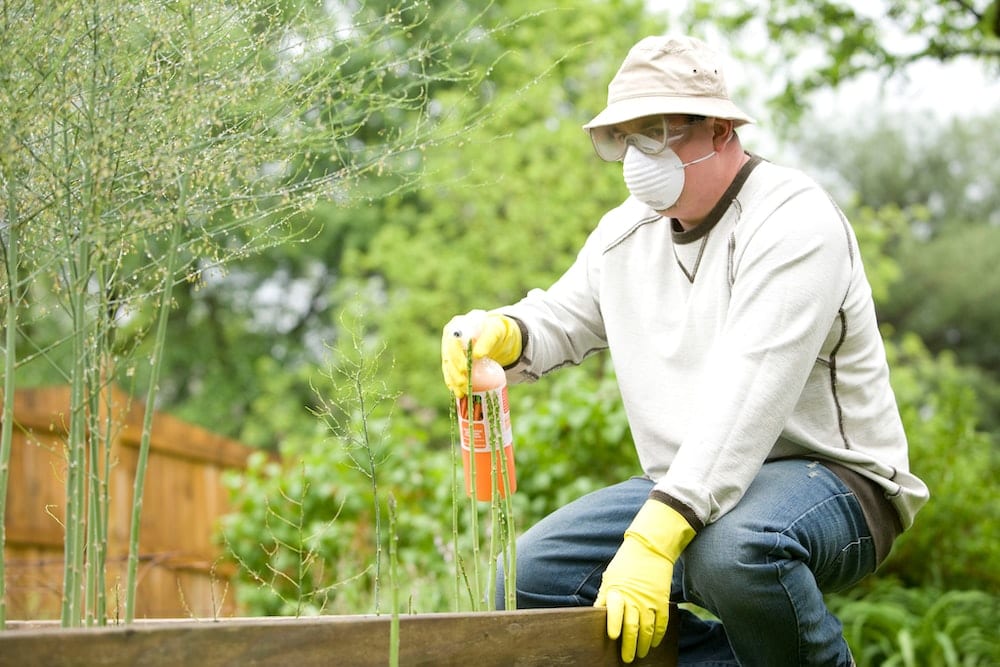
If you would like some alternatives to neem oil, you can also try using products like low-toxic insect sprays. These sprays contain amazing ingredients like soaps, horticultural oils, and pyrethrins.
You Might Also Like How to Fertilize A Banana Tree
Sunlight
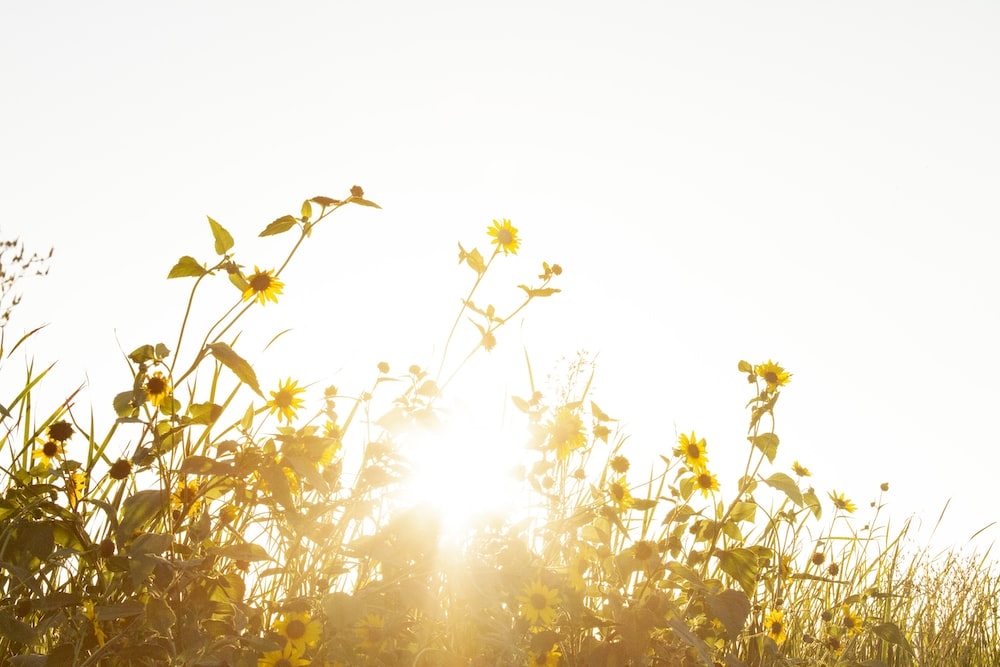
Too much light could be harming your plant’s ability to produce beautiful green leaves.
This may come as a surprise to know that philodendrons don’t actually need much sunlight in order to grow.
If we look at philodendrons in nature, we see that many grow on the jungle floor or attached to trees. Growing in this way provides them with the necessary cover from the sun. These amazing plants actually receive bright indirect sunlight.
In fact, 2 hours of direct sunlight every day is plenty!
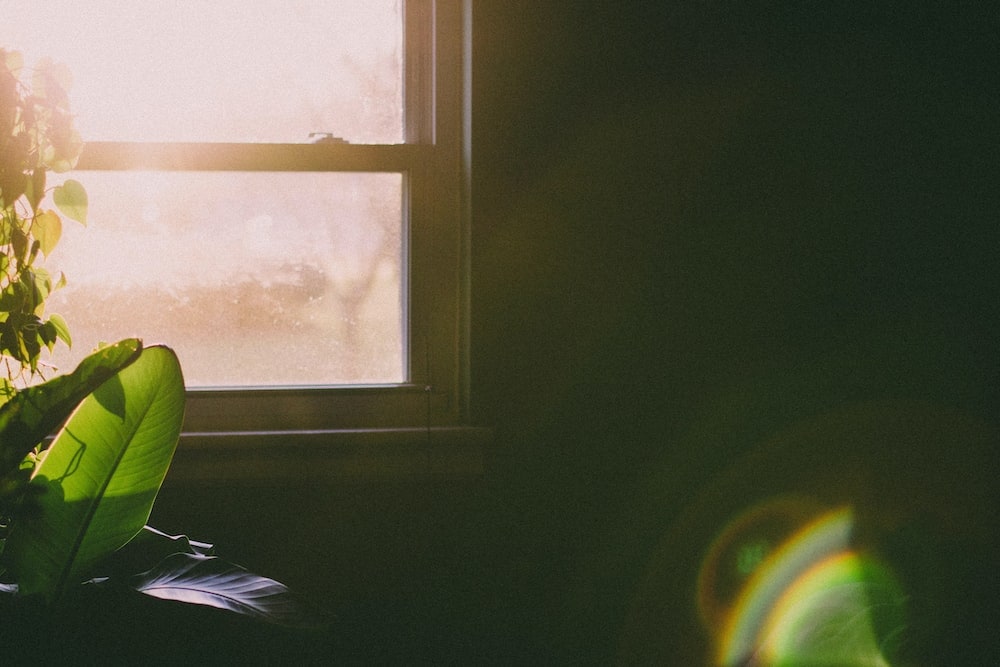
The philodendron starts to burn when it experiences more than 2 hours of bright sunlight. This is where most gardeners begin to see their green leaves start to turn yellow.
Philodendrons should receive the majority of their sunlight indirectly. When you focus on providing shade, the philodendron can maintain its ideal temperature for growth.
Tips for Growing Outdoor Philodendrons
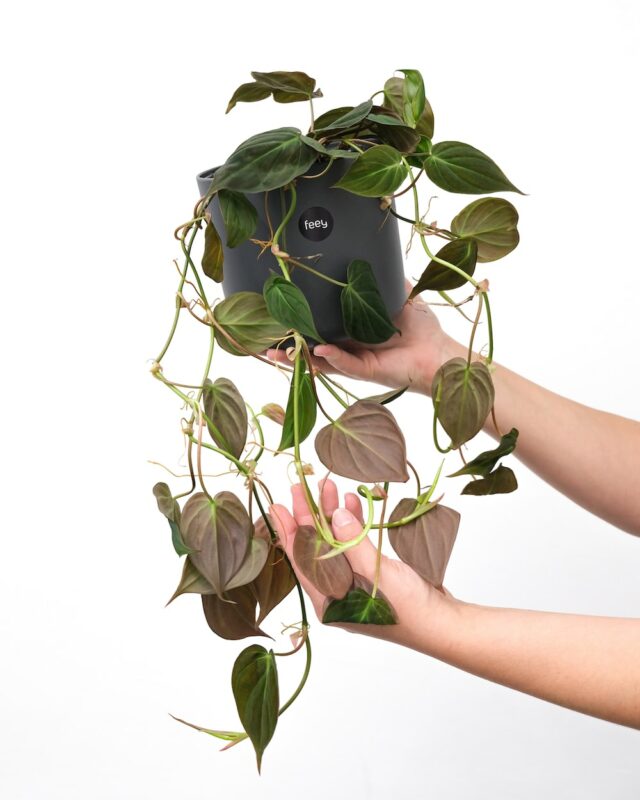
Growing philodendrons outside can often present different challenges than their inside counterparts.
By analyzing from what kinds of environments philodendrons originate, you better understand why your leaves turn yellow.
As mentioned in the intro, philodendrons are tropical plants that come from; warm, humid, lush environments. These plants normally grow on trees and the jungle floor.
Knowing this, you can begin to see where you might want to begin planting.
But let’s say you live in an area where it has a dry and desert climate during parts of the year. What can you do then to avoid yellowing leaves?
You Might Also Like Fertilizing Peonies
Misting
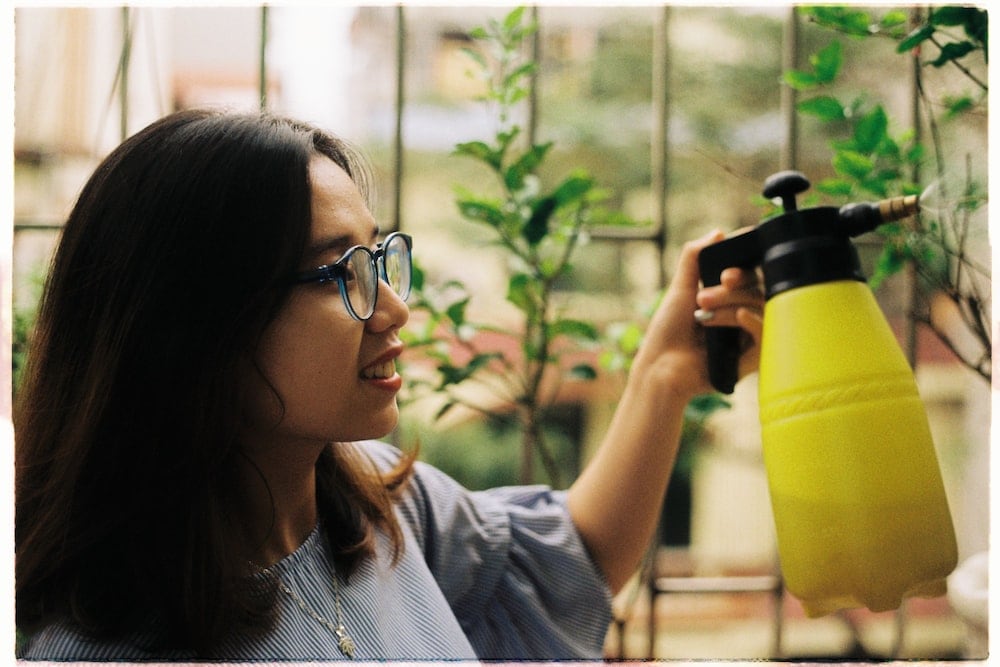
Because philodendrons absorb a lot of water through the humidity in the air, they intake dry harmful air during arid months of the year. To negate this harmful effect, mist your plants about 2 twice a week to help increase the humidity of the areas around the plants.
To properly mist your plant, thoroughly mist the tops and bottoms of the plant leaves. Be sure to provide an even amount of moisture to both sides of the leaves while misting.
(Note: Misting is not intended to replace active watering for your plant.)
Temperature
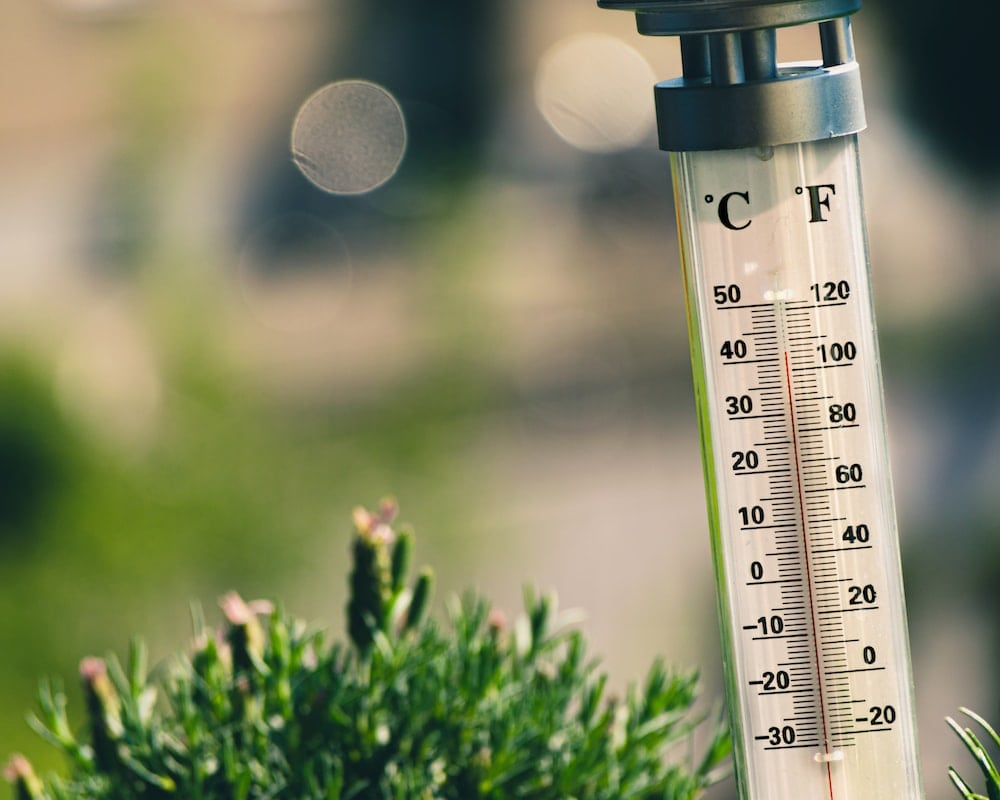
Another thing that gardeners can do to make sure their yellow leaves are turning bright green is to make sure the plant stays warm.
As stated earlier, philodendrons are native to tropical areas of the world. So, if you want to make sure your philodendron leaves are staying nice and healthy green, we need to make sure that it never gets too cold.
The coldest temperature that most philodendrons can withstand is about 60°F. Whenever you notice it gets below this temperature, try to bring your plants inside to keep them from freezing.
Sunlight
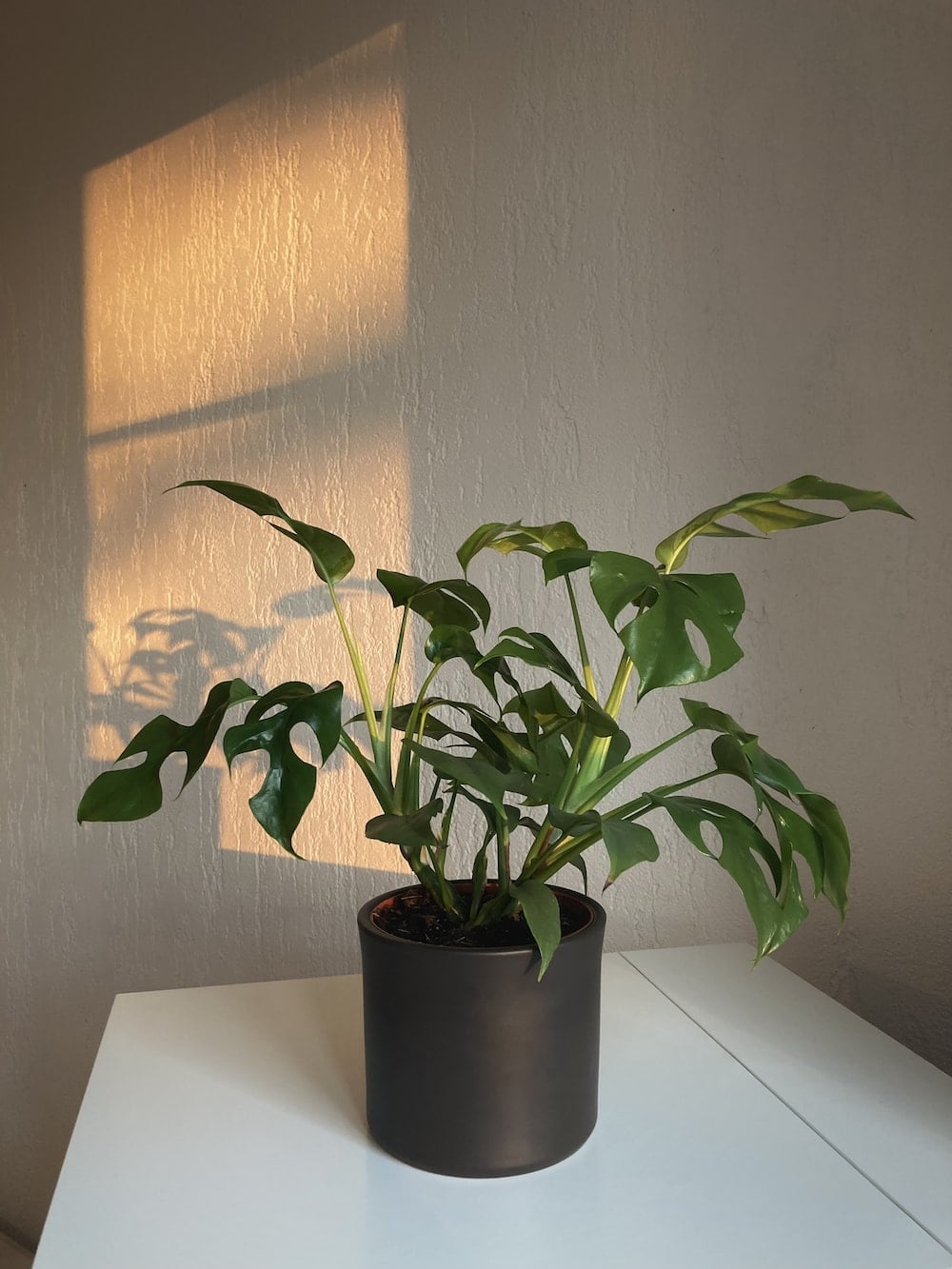
As stated earlier, too much direct sunlight can be detrimental to the color and health of the plant.
When planting, try to find a spot where there will be direct shade for most of the day. This shade will block out the sun’s harmful rays, while still providing ample amounts of indirect light to grow.
If you still notice that your leaves continue to turn yellow, there still might be too much sunlight hitting the plant.
Keep trying different spots until you start seeing those green leaves again!
Tips Water Propagated Philodendrons!

Water propagated philodendrons have some unique challenges that many new gardeners may run into.
Because water propagated philodendrons lack strong roots, they are more susceptible to harmful bacteria.
Here are some of the most common mishaps that lead to yellow leaves.
Dirty Tools
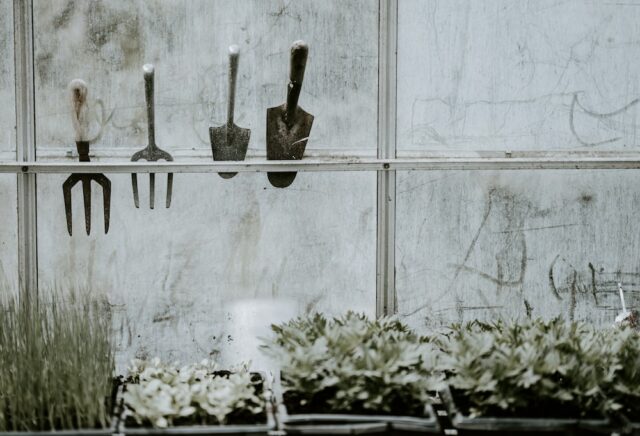
As in the section about root rot, having sterilized tools is critical.
This statement is especially true when trying to grow water propagated philodendrons. Because the young philodendron stems are not yet strong, they have a weaker immune system. A weak immune system allows harmful bacteria to affect the plant as a whole.
Causing leaves to turn yellow.
Make sure that the tools that you are using to cut have been cleaned and sterilized. This helps prevent infection in both plants.
Improper Cutting
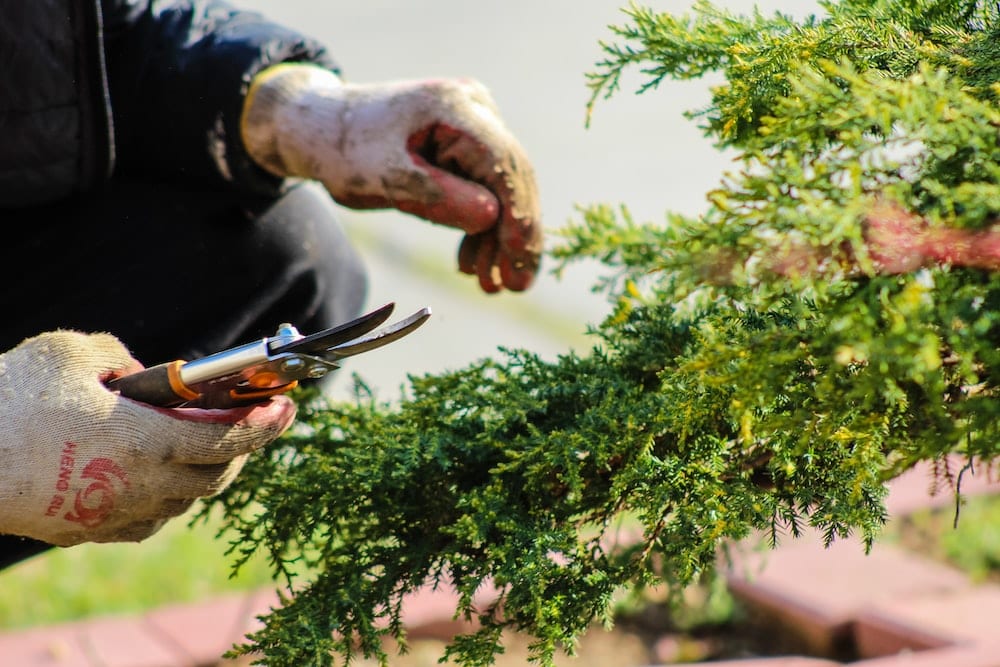
One of the more critical steps, cutting the stems incorrectly can massively affect the plant’s health and growth of new green leaves.
To know where you should cut, find the point where the leaf node and the stem connect. Then make a cut just below the root point around the steam. For the plant’s best chance for success have at least 2in of steam. This will give the plant the best growth when transitioning from water to soil.
Improper Soaking

Watering water propagated philodendrons is different than how you would water fully matured plants. By limiting the amount of water the stems can intake, you elongate the time that it takes for the stem to develop strong roots.
Make sure you fully submerge the roots of the steam to maximize the amount of water that the plant can intake. This will help the plant be able to grow roots faster.
Water Changing
Change out the water that the plants are sitting in once every week. When you leave the water in for long periods of time, the water starts to become grimy and difficult for the plant to grow in.
Generally, it takes about 3-4 weeks to have a propagated philodendron ready for planting in fresh soil.
Soaking the Leaves
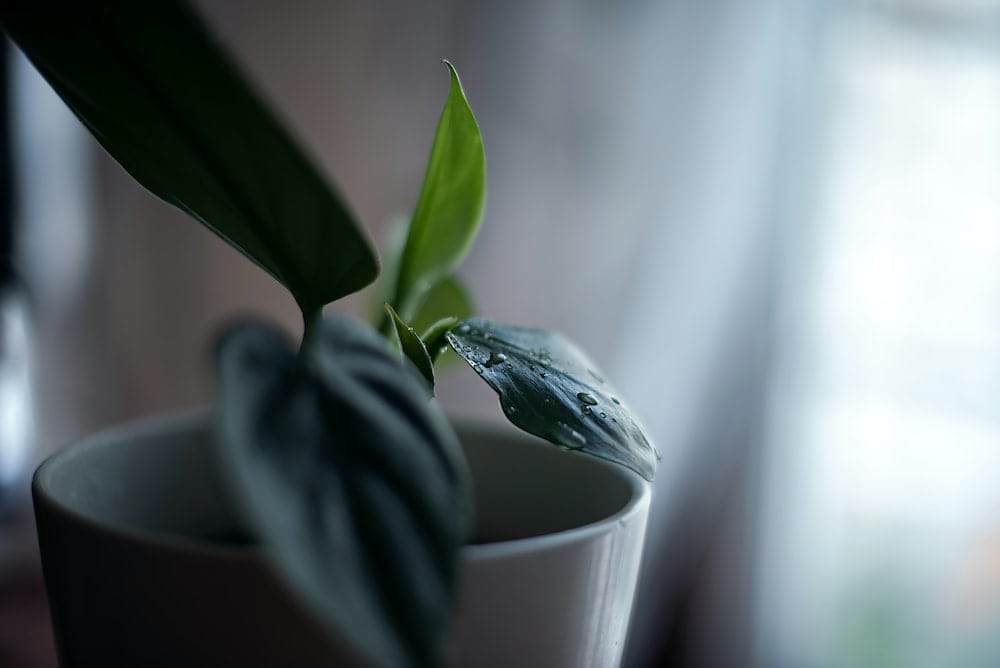
During that time, it is critical that you do your best to not soak the leaves of the plant for long periods of time.
When the leaves of the plant are soaked in water for too long, they can begin to rot. The rot can spread quickly to the rest of the plant, killing it entirely.
If you happen to see moldy leaves, simply pluck off the rotting leaves and wipe down any excess water.
Harsh Sunlight
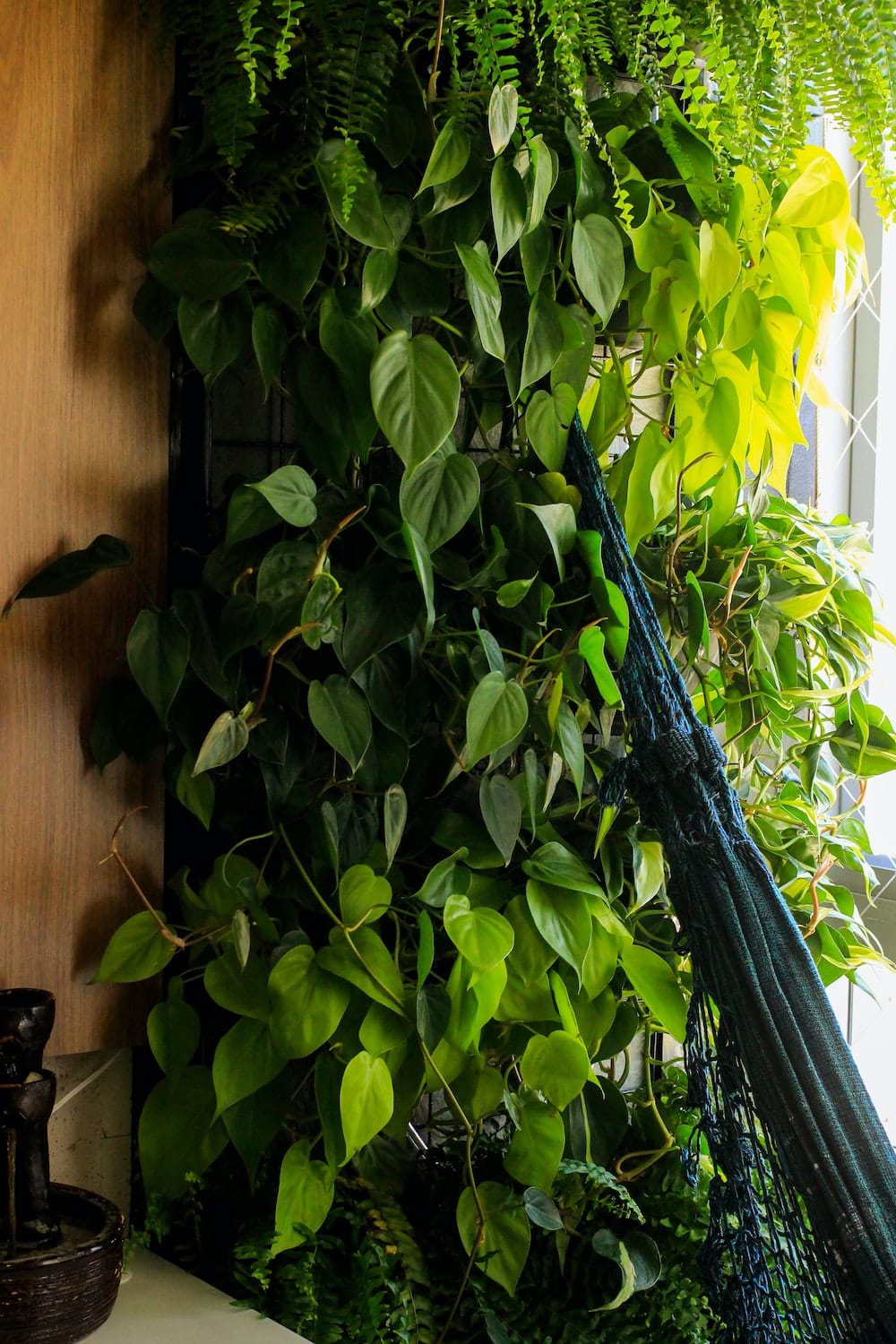
Like the point made already above, make sure that your cutting is receiving indirect sunlight. Too much direct sunlight and the stem will get too hot and will start to turn its leaves yellow.
Conclusion:
Growing and maintaining philodendrons can be tricky, but is extremely rewarding. By following along with the article above, you will have armed yourself with more than enough knowledge to take on any problem.
“A garden is a grand teacher. It teaches patience and careful watchfulness; it teaches industry and thrift; above all it teaches entire trust.”
— Gertrude Jekyll (2011) ‘Wood and Garden: Notes and Thoughts, Practical and Critical, of a Working Amateur’ Cambridge University Press
FAQ
How do you fix yellow leaves on philodendrons?
Overwatering is the most common type of issue that philodendron owners struggle with.
If you know it is not overwatering, take a closer look at your philodendron and its surroundings.
The best way to fix yellow leaves on philodendrons is to better understand your plant’s needs. Always be continuously asking yourself what could be contributing to your plant’s problem.
- Is there another plant growing inside the pot?
- Is there not enough airflow?
- How much sunlight is your plant realistically receiving?
By constantly asking different questions about your plant and the environment it’s in, you will be able to pinpoint the exact reasons why the yellowing is happening.
Should I remove the yellow leaves from Philodendron?
It comes down to personal and aesthetic preferences.
It doesn’t matter to the plant’s health if you leave the leaves on or remove them. The yellow leaves, if not taken care of, will naturally fall off. Removing the leaves won’t cause harm to the plant.
It is important however to remove leaf drop from decaying around the growing area. If left alone for a long period of time, the plant debris could contaminate the plant. This weakens the immune system and allows bacteria to infect the plant.
Can yellow philodendron leaves turn green again?
The short answer is yes.
The long answer is if you can find out what the cause of the yellowing is quickly enough.
The state of the plant can be understood through the color of the leaves.
Try to think of the philodendron leaves as a type of messaging system. When the leaves are yellow, something is wrong. When the leaves are green, you are doing everything just right!
If you are able to respond to the yellowing early on, the leaves of the plant can revert back to their original color.
How do I know if my Philodendron is overwatered?
If you don’t trust your green thumb, you can always look into getting a moisture meter. The meter will show how wet the soil is and if the water cycles need to be longer.
Other signs:
- If your pot is light and small you can assume that you can water it without any problems. Water in lighter smaller pots evaporates more quickly than in large pots.
- If the roots are blackened and there is a bad smell then it is most likely overwatered and could lead to root rot. Be careful to not let the roots of the plant develop root rot, as that will require further cleaning to begin healing.
- If the leaves on the new growth are pale and shriveled and have a yellow ring starting to form around the edges and leaf tips.
